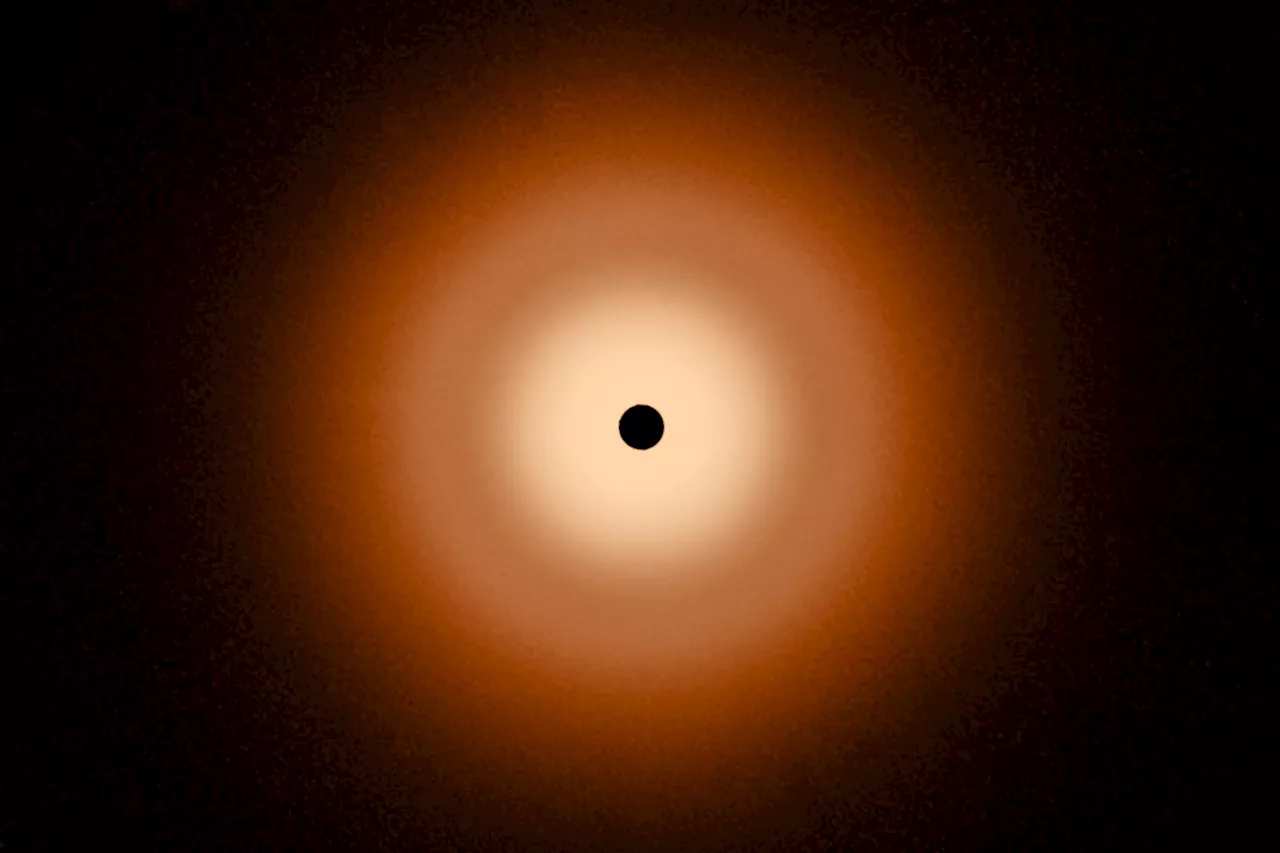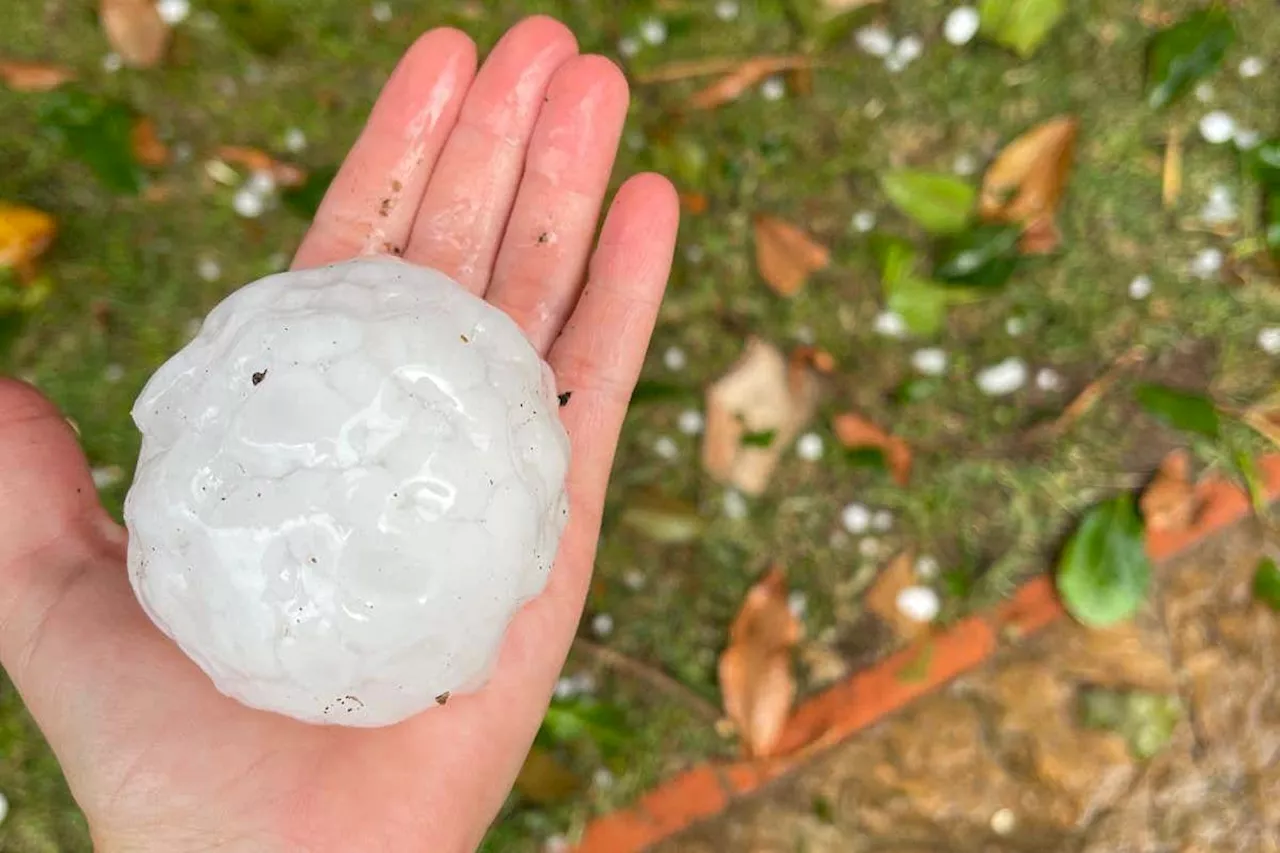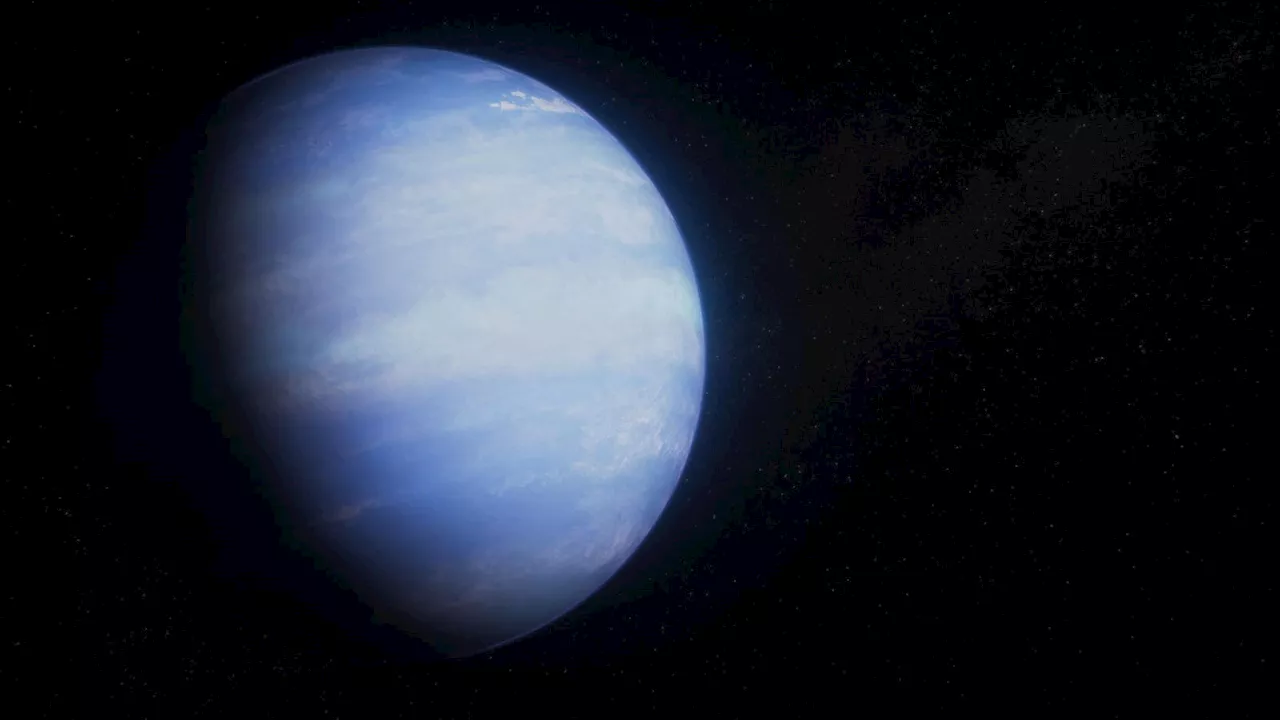Extrasolar gas giant planets are a necessary stop on the road to finding life elsewhere in the cosmos. Here's why we need to understand their atmospheres.
gathered by NASA’s James Webb Space Telescope along with previous observations from Hubble and other space- and ground-based telescopes. WASP-107 b is a -warm Neptune’ exoplanet orbiting a relatively small and cool star approximately 210 light-years from Earth, in the constellation Virgo.If astrobiologists are ever going to detect life beyond our solar system, it will arguably be done via spectroscopy of a planetary atmosphere as it passes in front of its parent star.
Three decades ago, Swiss astronomers Michel Mayor and Didiez Queloz of Geneva Observatory, detected the first planet orbiting another sunlike star. Roughly half the size of our own Jupiter, they found it on an incredibly and unexpectedly short 4.2-day orbit around the solar type star 51 Pegasi. These gas giants are the easiest to observe; they have wonderfully extended atmospheres, so we can get information from each part of these gas giants’ atmospheres, said Helling. This helps us to either prove that our models are correct, or if not, to improve them, she said. These are the first steps before we really can understand extraterrestrial rocky planets, said Helling.
We can do that for ten to twenty planets now, but I think we’ll be able to do that for a couple of hundred planets in a few years’ time, said Fortney.
United States Latest News, United States Headlines
Similar News:You can also read news stories similar to this one that we have collected from other news sources.
 Severe droughts threaten sustainable catch of the Amazon's giant fish, the giant pirarucuIn Brazil´s Amazonas state, almost 6,000 riverine dwellers authorized to fish have reported a significant drop in production and rising costs.
Severe droughts threaten sustainable catch of the Amazon's giant fish, the giant pirarucuIn Brazil´s Amazonas state, almost 6,000 riverine dwellers authorized to fish have reported a significant drop in production and rising costs.
Read more »
 ‘Giant Love’ examines the Texas-size impact of ‘Giant’ novel and filmThe 1950s cultural phenomenon still resonates, thanks to Edna Ferber’s writing and James Dean’s mystique.
‘Giant Love’ examines the Texas-size impact of ‘Giant’ novel and filmThe 1950s cultural phenomenon still resonates, thanks to Edna Ferber’s writing and James Dean’s mystique.
Read more »
 Famous Star Hasn’t Formed Planets, and We Don’t Know WhyThe nearby star Vega, featured in the 1997 movie Contact, appears to have a smooth disk devoid of giant planets for reasons we can’t explain
Famous Star Hasn’t Formed Planets, and We Don’t Know WhyThe nearby star Vega, featured in the 1997 movie Contact, appears to have a smooth disk devoid of giant planets for reasons we can’t explain
Read more »
 Why Private Division’s Mystery Buyer Probably Isn’t a Gaming GiantAs much as Tencent and other gaming leaders scoop up studios, the Take-Two Interactive publisher is likely filling a specific niche
Why Private Division’s Mystery Buyer Probably Isn’t a Gaming GiantAs much as Tencent and other gaming leaders scoop up studios, the Take-Two Interactive publisher is likely filling a specific niche
Read more »
 Why scientists scanned giant hailstones in a dentist's officeA high-resolution view of hailstones the size of tennis balls can reveal how they form – and help researchers better forecast which storms will generate these destructive pieces of ice
Why scientists scanned giant hailstones in a dentist's officeA high-resolution view of hailstones the size of tennis balls can reveal how they form – and help researchers better forecast which storms will generate these destructive pieces of ice
Read more »
 There Are Some Giant Holes in One Popular Explanation for Why Kamala Harris LostThere are quite a few problems with this theory.
There Are Some Giant Holes in One Popular Explanation for Why Kamala Harris LostThere are quite a few problems with this theory.
Read more »
